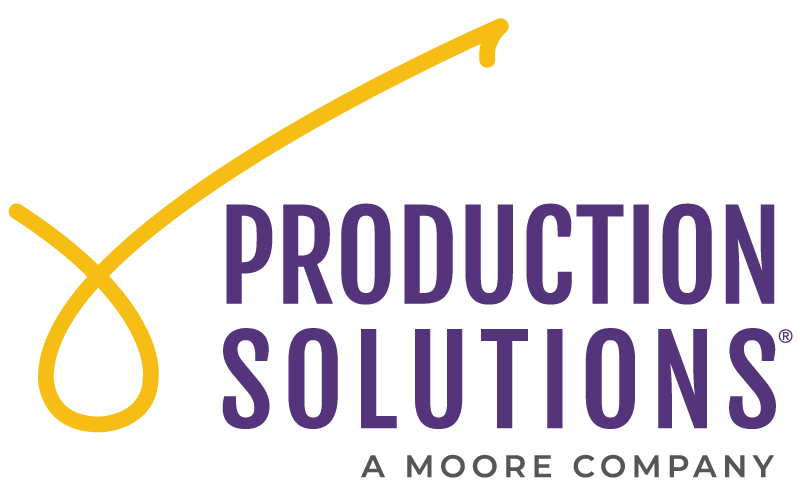Keeping an Eye on Sustainability: The Print Industry

Shannon Azbill
Senior Supplier Relations ManagerThe stewardship of our environment, communities, and planet is an absolute priority to most; therefore, sustainable business practices are simply a MUST in today’s world.
If you ever lose sleep worrying that your direct mail campaign could be harming the environment, you can rest easy tonight because the entire supply chain for print has its eye on sustainability – from pulp and paper mills to equipment manufacturers to ink providers to the printers themselves. Industry players go to great lengths to make sure they are constantly innovating and incorporating green practices into their operations. The following provides a snapshot of several sustainability trends we are seeing in the printing industry today:
Carbon Footprint Reductions
There is no getting around the fact that manufacturing requires energy — for heating and cooling buildings, running presses and equipment, transporting raw materials and finished goods, and simply keeping the lights on. Most printing companies today are very aware of their carbon footprint and are investing in programs to help offset, and in some cases, neutralize their emissions. Printers are investing in equipment and production processes that reduce greenhouse gases. In addition, many manufacturers track their emissions and are participating in a variety of programs to purchase carbon offsets or energy from sustainable sources, like wind and solar.
Sustainable Forestry
The largest consumable of the print industry is paper. There are several programs and certifications that require high standards when it comes to business practices in sustainability. Programs such as the Forest Stewardship Council (FSC), Sustainable Forestry Initiative (SFI), and Programme for the Endorsement of Forest Certification (PEFC) all promote the responsible management of forests.
Innovation in Equipment and Facilities
Equipment Manufacturers are constantly developing technological innovations in order to lower energy consumption. Sustainability is often a driving point of consideration when partners are purchasing or upgrading equipment. Building and facilities are being equipped with energy-efficient lighting and HVAC systems, heat-set presses are being updated with thermal oxidizer systems that significantly reduce the use of natural gas, and the list of innovations goes on.
Environmentally Friendly Inks and Chemicals
Traditional petroleum-based inks release harmful volatile organic compounds into the atmosphere when dried. Fortunately, these types of inks are becoming rare these days. The printing industry has transitioned from using these harmful inks to using much more environmentally friendly soy or water-based inks. In addition, these inks are bio-degradable, and the chemicals needed to work with these inks on the press are also more eco-friendly.
Recycling, Reusing, and Repurposing Waste
Most printers recycle all of their paper waste. Wasted paper is collected in bins or collected in pneumatic conveyor systems that move every scrap to a room where paper is baled and prepped for recycling. It’s amazing to see some of the creativity displayed to make sure nothing goes to waste. Aluminum printing plates are recycled, pallets are reused and repaired if broken, the end of the paper rolls are used as packaging material, and inks are reprocessed or re-mixed to make black ink.
Investing in Green Certifications
There are numerous recognized organizations that lead efforts to protect our communities and environment by setting standards in business practices when it comes to sustainability. Many industry partners recognize the importance and thus invest the effort, time, and money to achieve certifications by these organizations so they can proudly display their logos. The Sustainable Green Printing Partnership, LEED certification, Rainforest Alliance Certification, ISO 14001 are just a few of the many certifications available today.
In case you missed them, check out our environmental series kick-off blog, and our blog on leveraging technology to build more efficient mailing programs!
About the Author

Shannon Azbill
Senior Supplier Relations ManagerProudly affiliated with:




© 2024 Production Solutions, Inc., a Moore Company. All Rights Reserved. Privacy Policy

